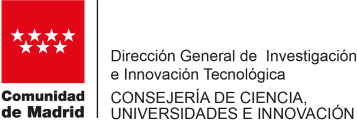
Calcium (Ca2+) is an intracellular second messenger involved in many processes controlling cell homeostasis. Ca2+ plays a critical role in electrophysiological signaling during muscle contraction. More recently, Ca2+ has been identified to participate in many different signaling pathways, being a key player in inter-organelle communication. Perturbations in Ca2+ signaling lead to pathophysiological conditions, such as cardiovascular diseases, metabolic, disorders, cancer and neurodegeneration.
Cardiomyocyte function is highly dependent on intracellular and extracellular Ca2+ fluxes, including electrophysiological currents, contractility, energy consumption, cell death and transcriptional regulation, among others. Failures in cardiomyocyte regulation can lead to heart failure, stroke, atrial fibrillation or arrhythmogenic conditions.
To effectively study cardiomyocyte physiology or to characterize the effect of different treatments for cardiovascular diseases, we need to be able to analyze the intracellular Ca2+ signaling processes from milliseconds to hours to days. For this reason, cardiomyocyte analysis needs dynamic, real-time assays that resemble the native conditions of the cell in the heart tissue while maintaining its physiological conditions over time.

Dridi, H., Kushnir, A., Zalk, R., Yuan, Q., Melville, Z., & Marks, A. R. (2020). Intracellular calcium leak in heart failure and atrial fibrillation: a unifying mechanism and therapeutic target. Nature Reviews Cardiology, 17(11), 732–747. https://doi.org/10.1038/s41569-020-0394-8nnBers, D. M. (2008). Calcium cycling and signaling in cardiac myocytes. Annual Review of Physiology, 70, 23–49. https://doi.org/10.1146/annurev.physiol.70.113006.100455nnLearn More
nnnnnnn






